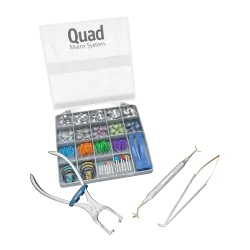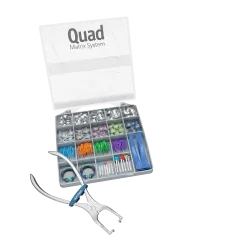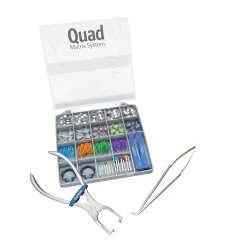A 57-year-old male patient presented to the practice with discomfort in tooth #5DO. Radiographic and clinical evaluation revealed a secondary caries lesion beneath an old restoration. The treatment objective was to remove the defective restoration, eliminate carious tissue, and restore the tooth using the QUAD Matrix System, ensuring proper marginal integrity and occlusal function.
Background
Clinical Procedure
Initial radiographic evaluation revealed a secondary caries lesion in the first premolar, confirming the clinical diagnosis. Clinical examination identified marginal failure of the old restoration. The tooth was absolutely isolated to maintain a dry field. The old restoration was completely removed, and all carious tissue was carefully excavated. A matrix band was positioned to protect the adjacent tooth, followed by total etching to condition the cavity Surface. Two layers of adhesive agent were applied sequentially, gently air-blown, and light-cured to optimize bonding strength. The QUAD Matrix System was placed to achieve precise adaptation of the restoration and ensure proper interproximal contact points, blue Quad split wedge was used, as well as the asymmetric ring of the same color. Incremental placement of the restorative material allowed the marginal ridge to be successfully reconstructed, converting the Class II to Class I. Later, the ring and band are removed to complete cusp -by -cusp morphological layering. The restoration was completed and evaluated prior to occlusal adjustment and polishing. The final polished restoration showed excellent anatomical contour and smooth surface. Postoperative radiographic evaluation confirmed the integrity and sealing of the restoration
Outcome
The treatment successfully resolved the patient’s discomfort. The QUAD Matrix System facilitated excellent marginal adaptation, predictable interproximal contact points, and efficient reconstruction of the Class II defect. Radiographic followup confirmed optimal sealing and proper integration with surrounding structures.
Key Takeaways
- Isolation is critical to achieving long-term success in adhesive restorations.
- The QUAD Matrix System ensures precise contact point formation and facilitates marginal ridge reconstruction.
- Stepwise bonding protocols (etching, multiple adhesive layers, incremental composite placement) significantly improve restoration durability.
Case Detail Images
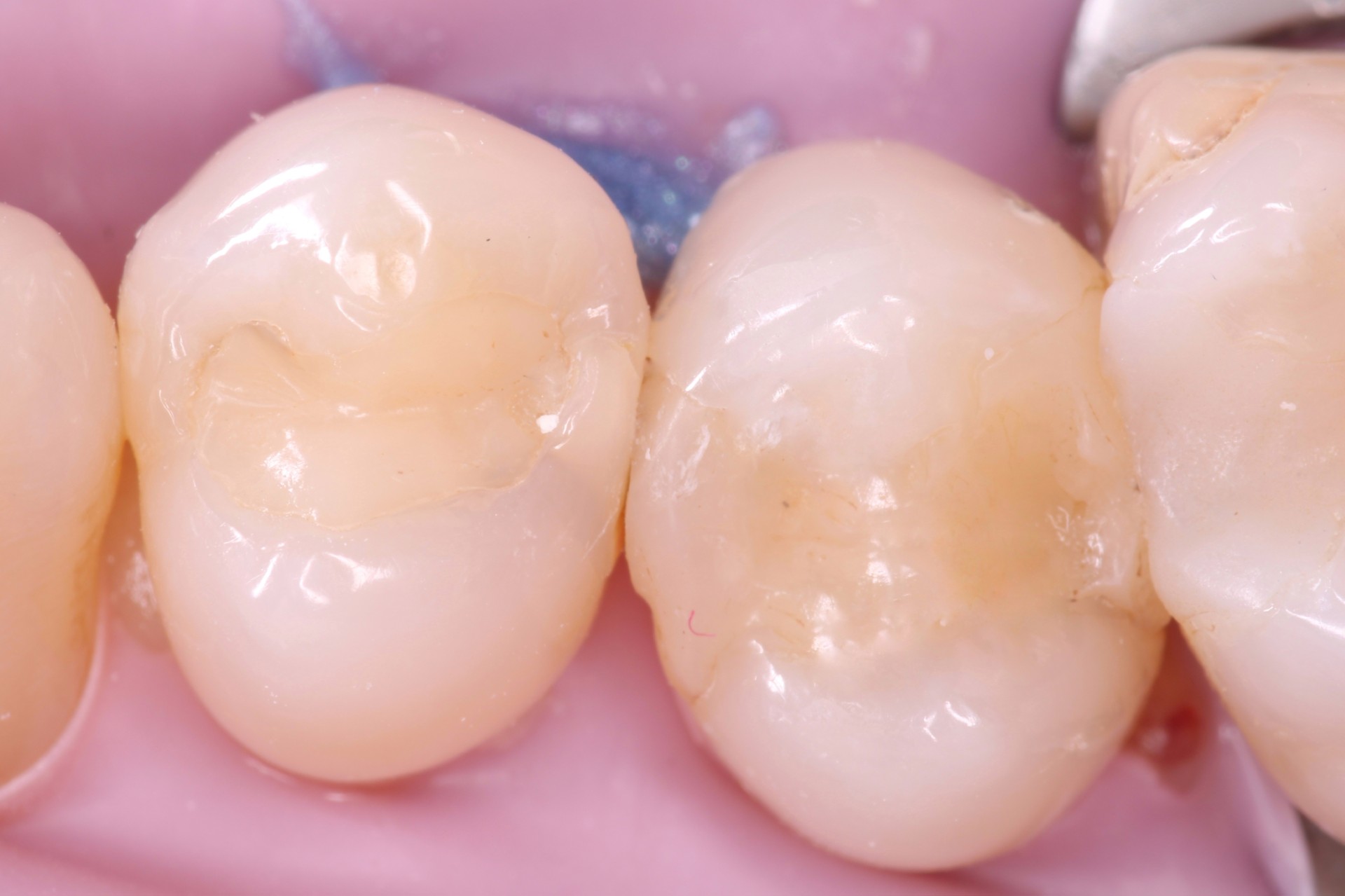
|
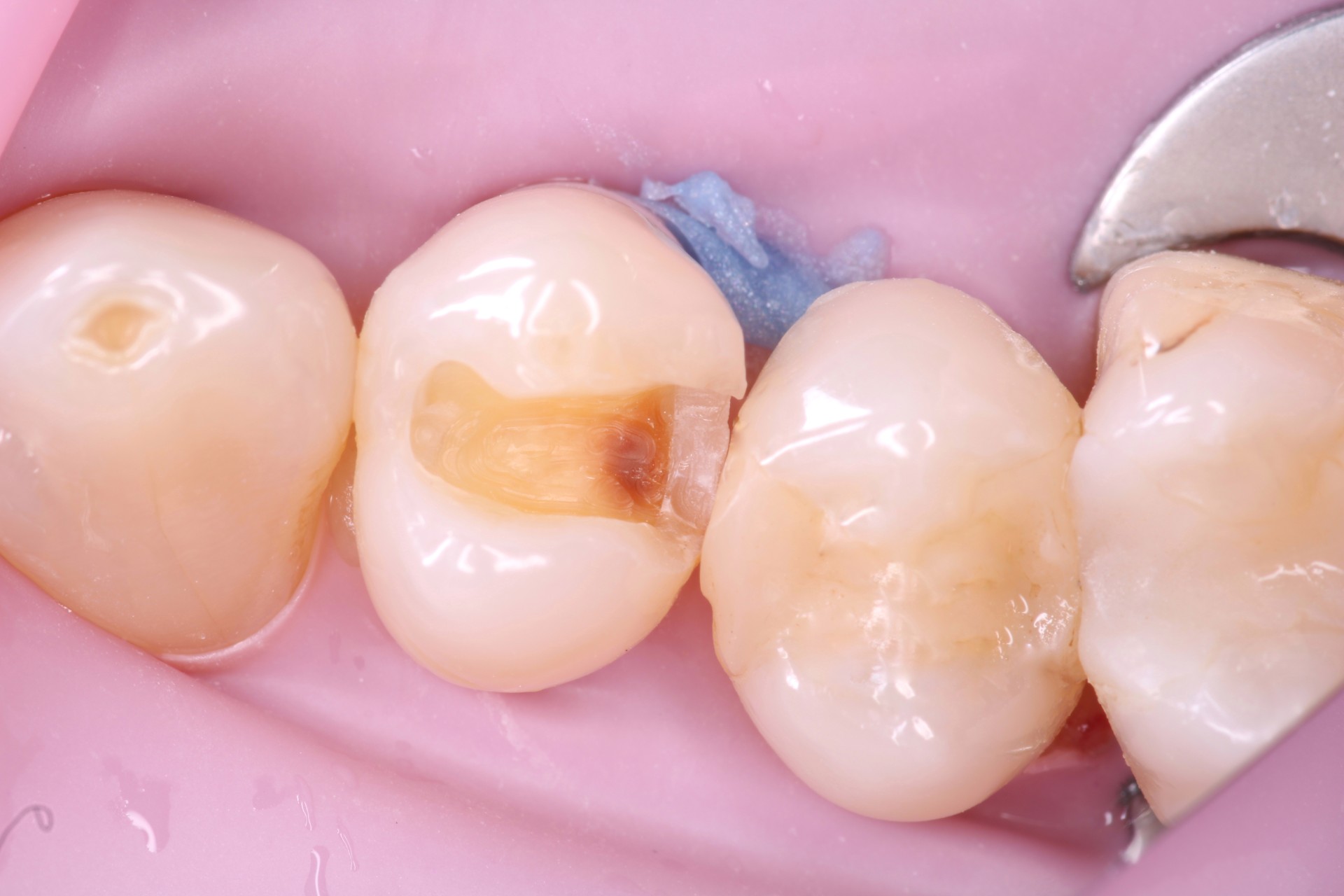
|
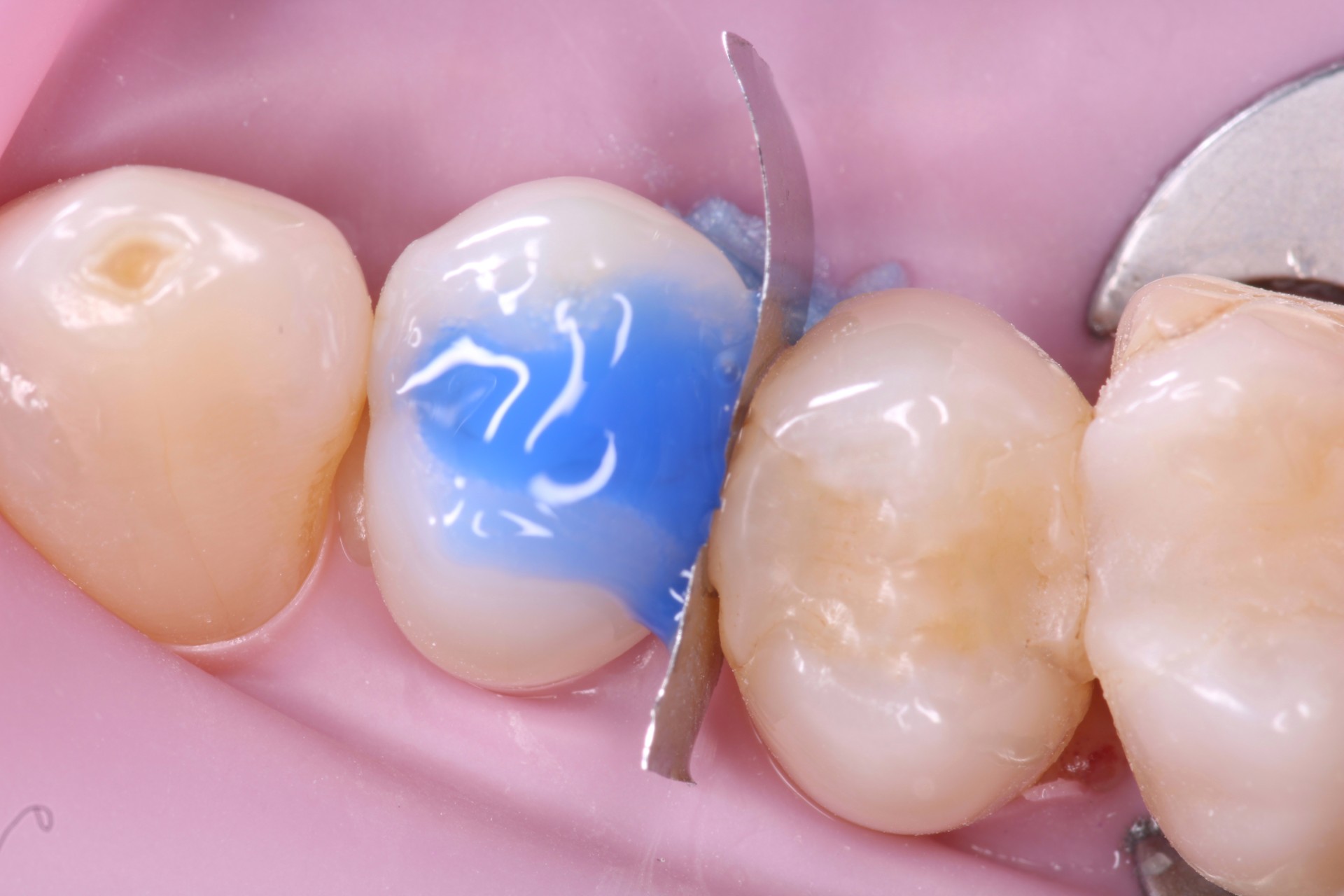
|
| Figure 1. Initial state. Marginal failure on old restoration. Absolute isolation. | Figure 2. Complete removal of old restoration and caries excavated | Figure 3. Protection of the neighboring tooth with a matrix band and total etching. |
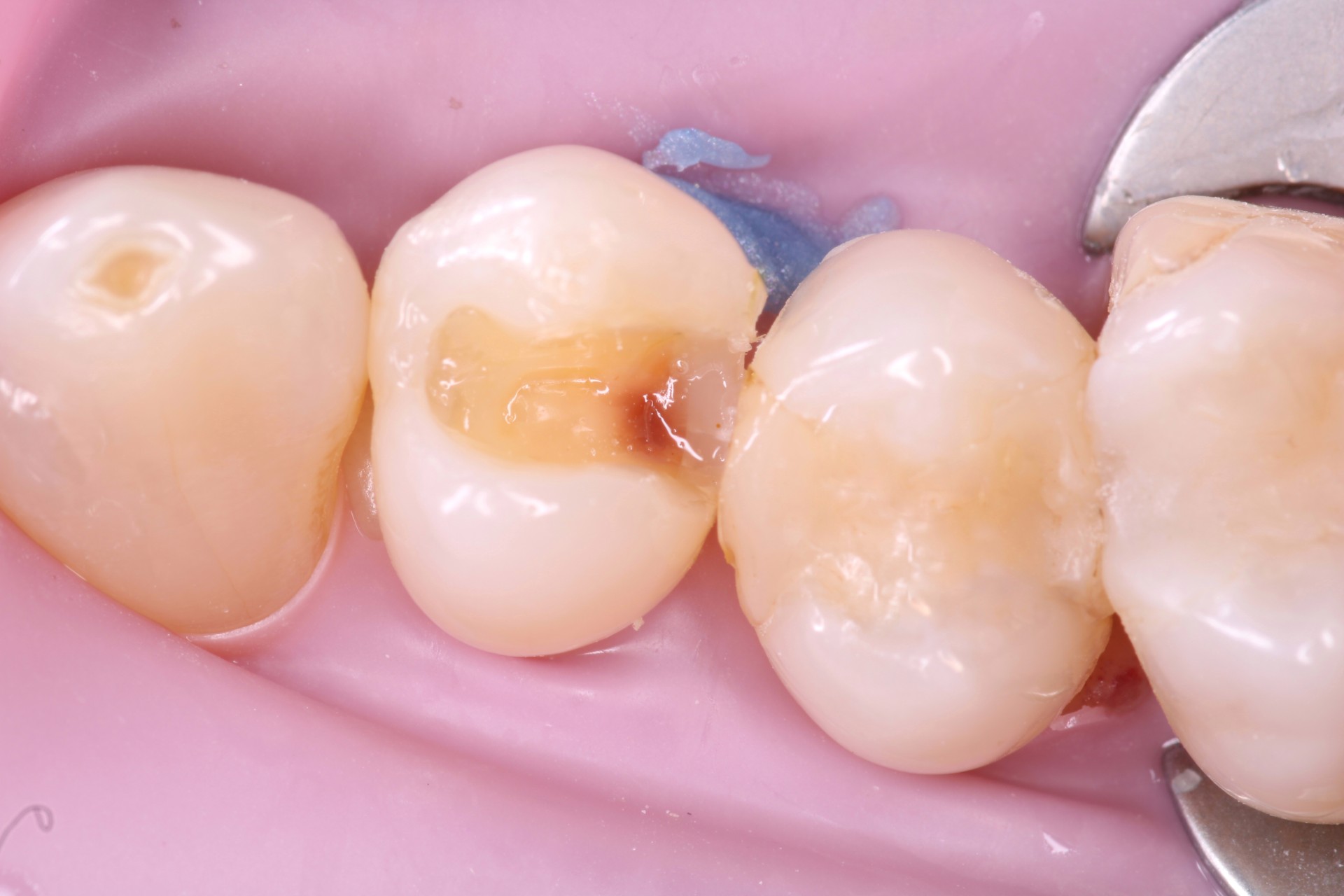
|
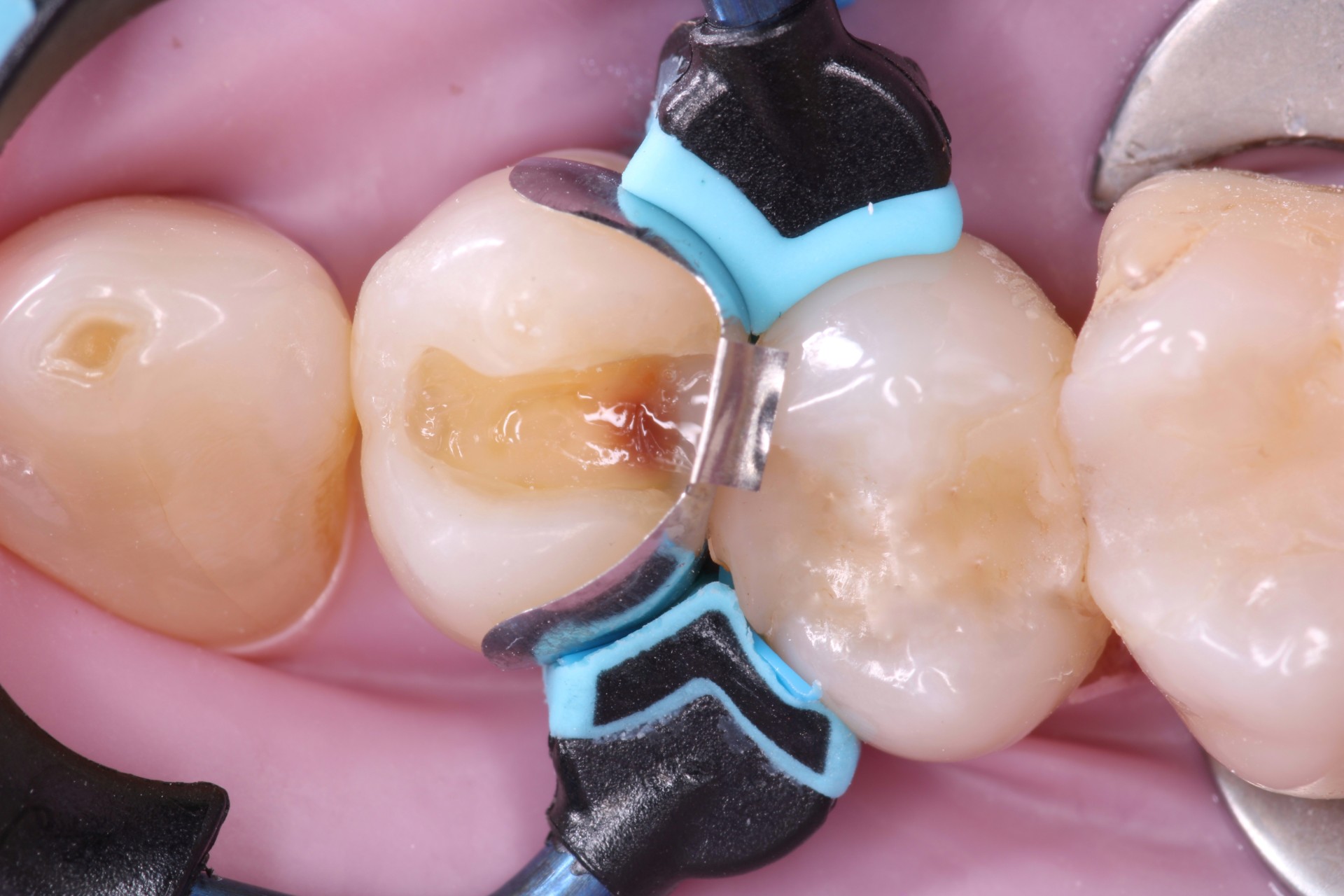
|
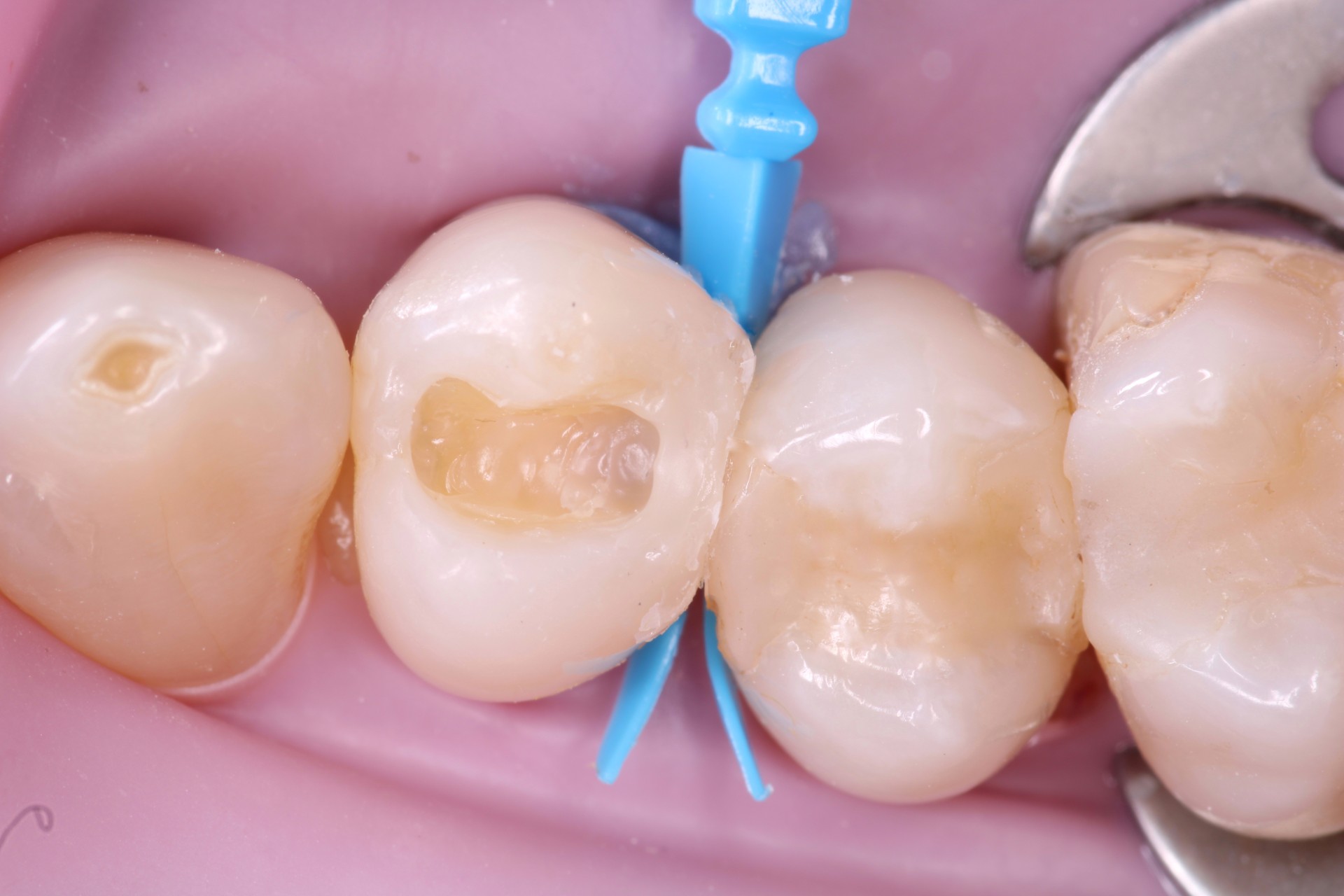
|
| Figure 4. Two layers of the adhesive agent are applied, each gently air-blown and polymerized. | Figure 5. QUAD system placement for restoration. | Figure 6. Marginal ridge reconstruction complete. |
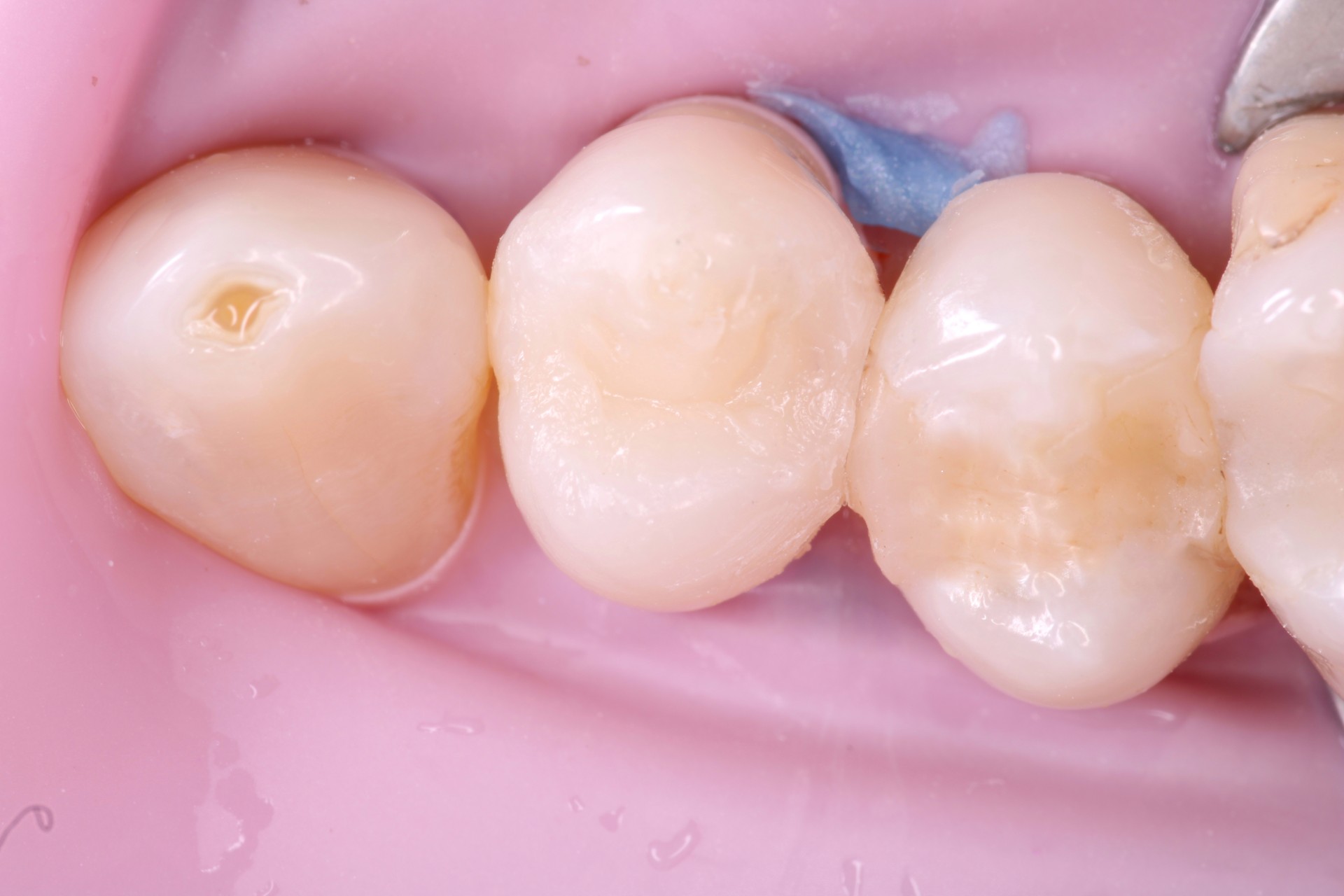
|
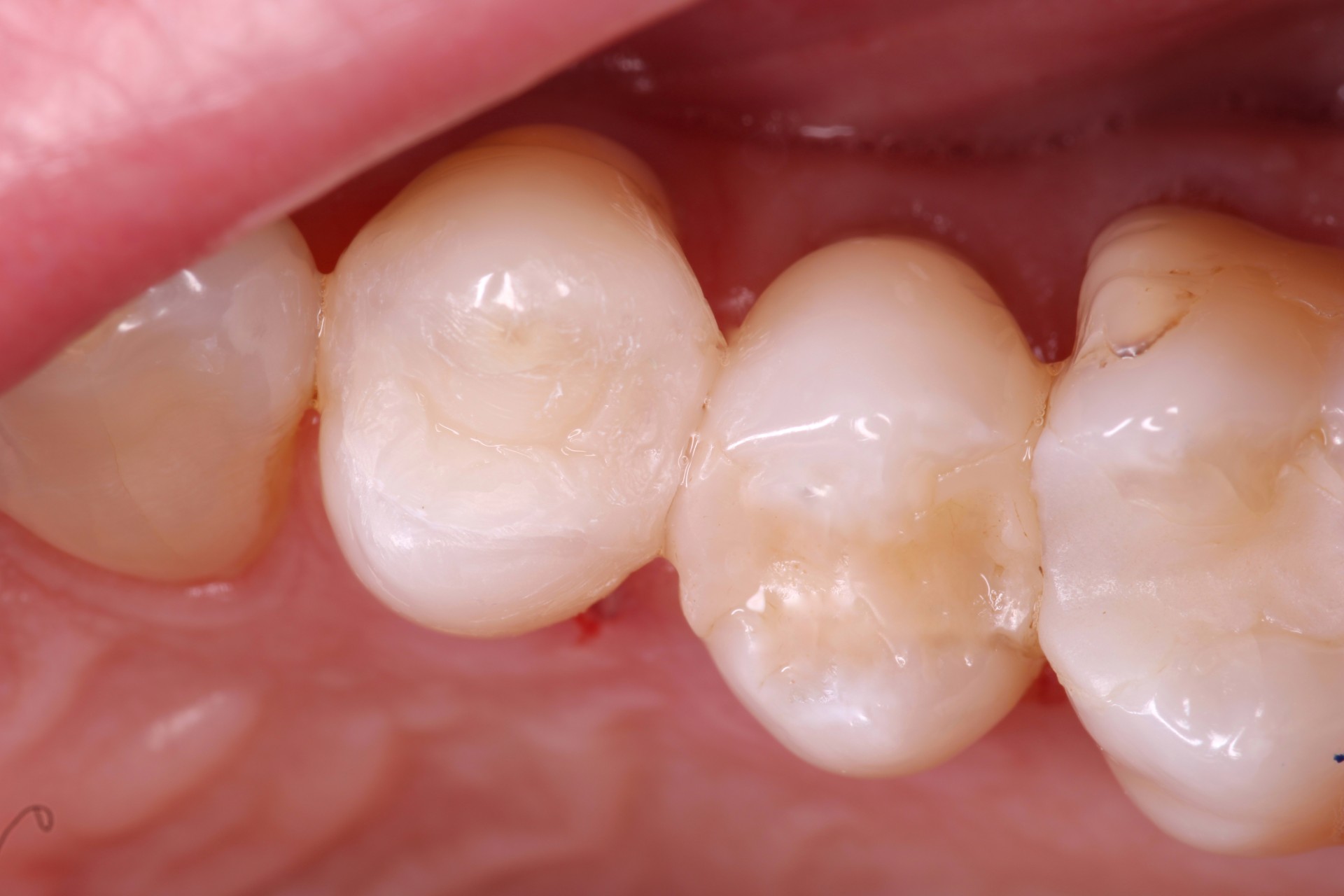
|
| Figure 7. Final restoration without occlusal adjustment or polishing. | Figure 8. Final restoration. Finished and polished. |


